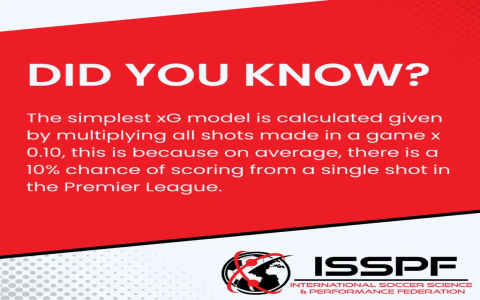Modern football is no longer decided solely by the boots on the pitch; it is increasingly shaped by the bytes on a laptop. Football match analysis software has evolved from simple video cut-ups to AI-powered platforms that quantify every micro-action of the 22 players and the ball. By converting chaotic match footage into structured, searchable data, these tools give coaches, analysts, and players the evidence they need to turn intuition into strategy.
1. What the Software Actually Sees
High-frame-rate cameras and semi-automated tracking systems capture X-Y coordinates of each player 25 times per second. Computer-vision algorithms identify passes, presses, duels, and off-ball runs, then tag them with metadata such as pressure level, body orientation, and expected value (xG, xThreat). The resulting dataset contains millions of rows per match—far too much for a human to process, but perfect for machine learning.
2. From Numbers to Narrative
The best packages translate raw metrics into visual stories. Heat-maps become “passing networks” that reveal which channels an opponent leaves open. Defensive-line graphs show how high a team presses in the 75th minute versus the 15th. Sequence models chain events together so coaches can ask, “What happens three passes after we win the ball in Zone 14?” and get an instant clip reel of successes and failures.
3. Real-Time Edge
Clubs like Liverpool and Bayer Leverkusen feed live data into touch-tablet apps. Analysts in the stand tag pressing traps or set-piece anomalies; the software immediately clusters similar situations from the season’s archive and suggests counter-moves. A halftime tweak that once took 24 hours of manual coding now takes 90 seconds.
4. Player-Centric Feedback
Post-match, each athlete receives a personalized dashboard. Instead of generic distance-run stats, a winger sees how often his first touch broke the opposition’s rest-defense line, or how many decoy runs opened space for the inverted full-back. Machine-learning models compare today’s performance to the player’s own baseline, not a league average, making feedback psychologically actionable rather than demoralizing.
5. Injury Risk & Load Management

By coupling GPS data with mechanical-event logs—abrupt decelerations, twisting duels, landing mechanics—the software flags hidden fatigue 48 hours before it shows up in a lactate test. Medical staff receive color-coded risk indices that inform micro-cycle planning, reducing soft-tissue injuries up to 30 % in published club studies.
6. Scouting & Recruitment
Instead of watching 200 Wyscout clips, a recruitment algorithm filters for midfielders who progress the ball at least 12 meters per carry under high pressing intensity, then cross-references salary databases and injury history. The shortlist arrives with video evidence and comparable statistical baselines, cutting weeks of human labor into an overnight query.
7. Grassroots Democratization
Cloud-based versions now cost less than a pair of elite boots. A U-16 coach can upload smartphone footage; the API auto-clips goals, defensive transitions, and individual touches. Within an hour, the squad reviews a telestrated session on Zoom, learning the same conceptual frameworks as million-dollar academies.
8. Ethical & Tactical Arms Race
As more clubs adopt similar engines, competitive advantage shifts from “having data” to “asking better questions.” Analysts protect proprietary query libraries the way managers once guarded tactical notebooks. Meanwhile, governing bodies debate whether real-time AI suggestions from the technical area constitute “outside interference,” raising the prospect of regulation similar to Formula 1’s ban on mid-race telemetry coaching.
9. Future Horizon
Expect edge-computing cameras inside the ball, federated learning models that improve without sharing raw data, and augmented-reality headsets that overlay pressing triggers onto a player’s visor during training. The final frontier is predicting not just what the opponent will do, but how individual decision-making fatigues under stress—turning psychology into just another metric.
Conclusion
Football match analysis software has become the sport’s most valuable 12th man. It does not replace intuition; it weaponizes it. Clubs that master the interface between human creativity and silicon speed will keep writing the next chapter of football history—one algorithmically validated decision at a time.







































